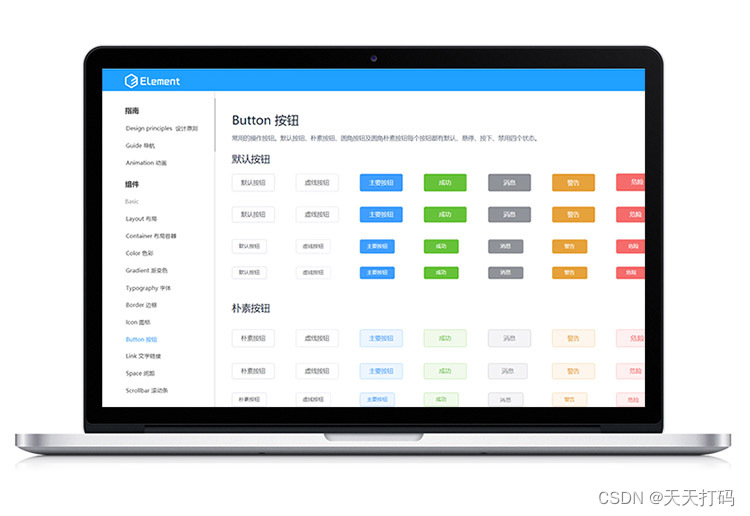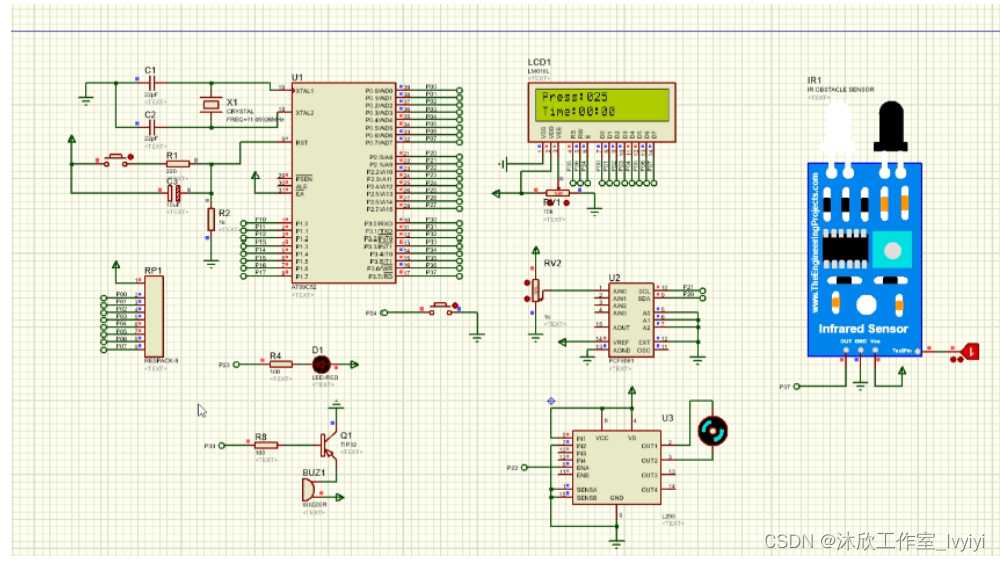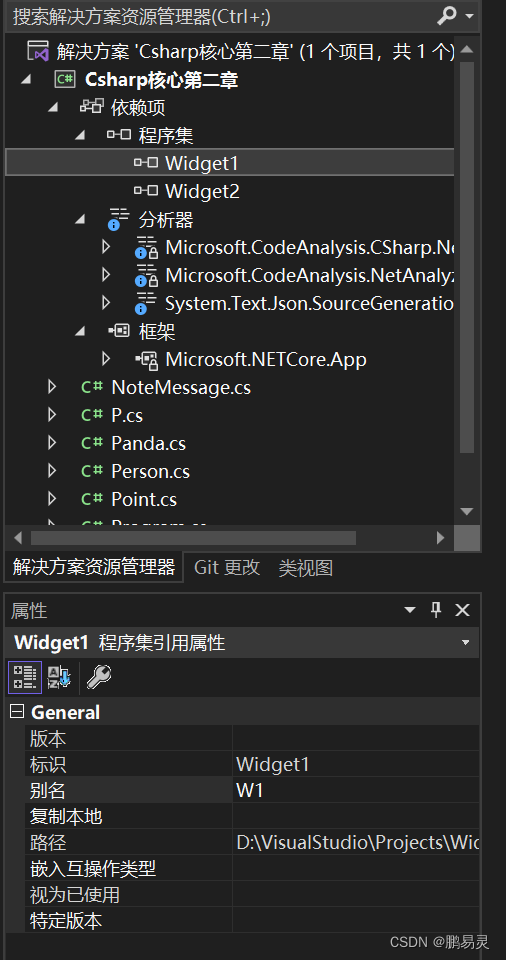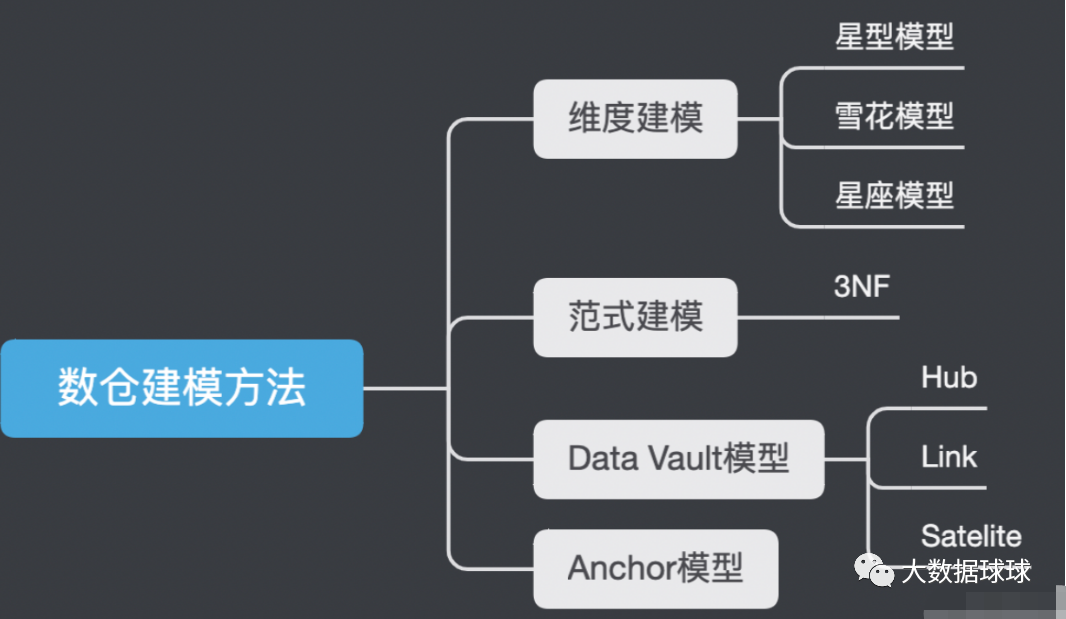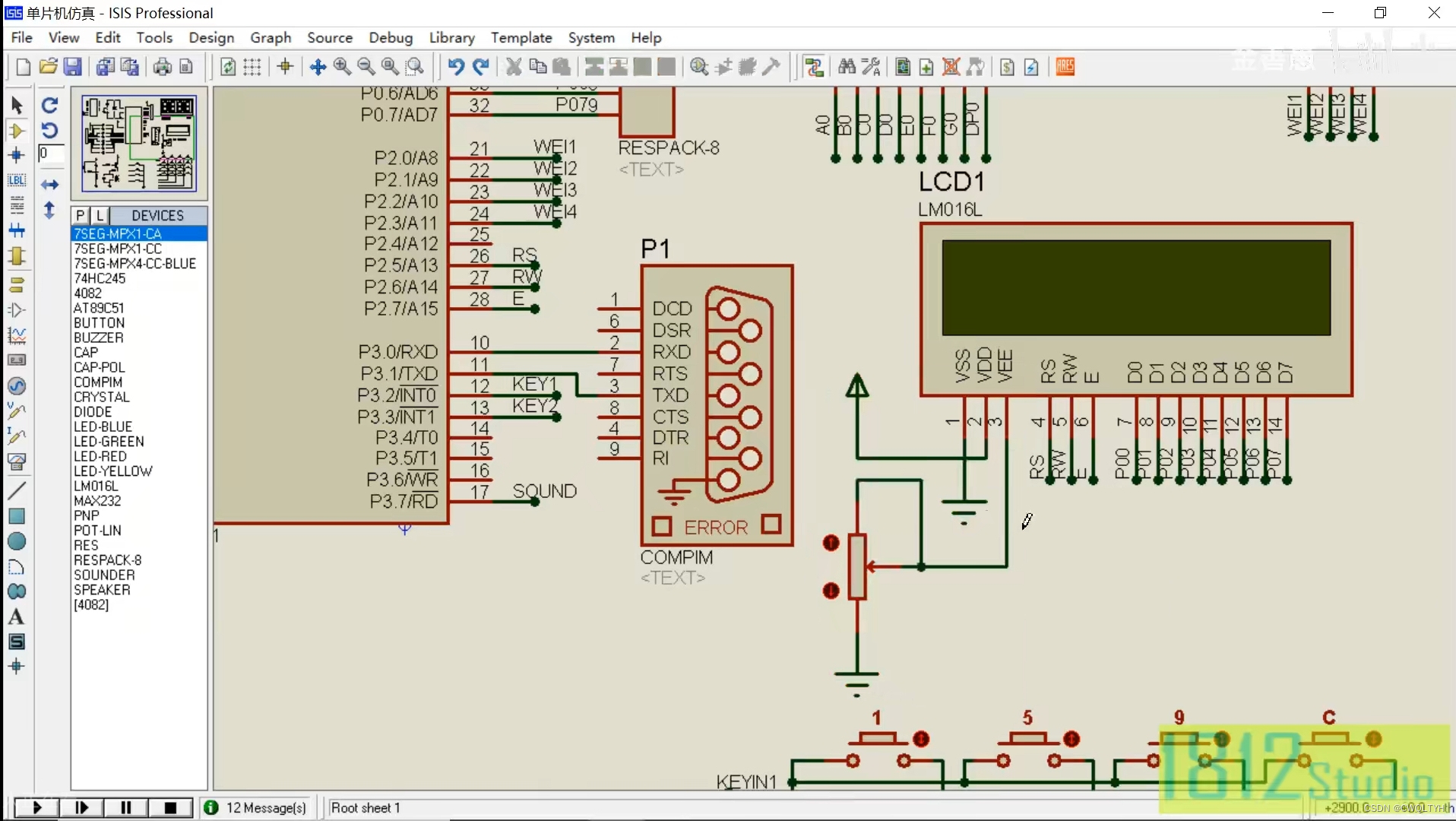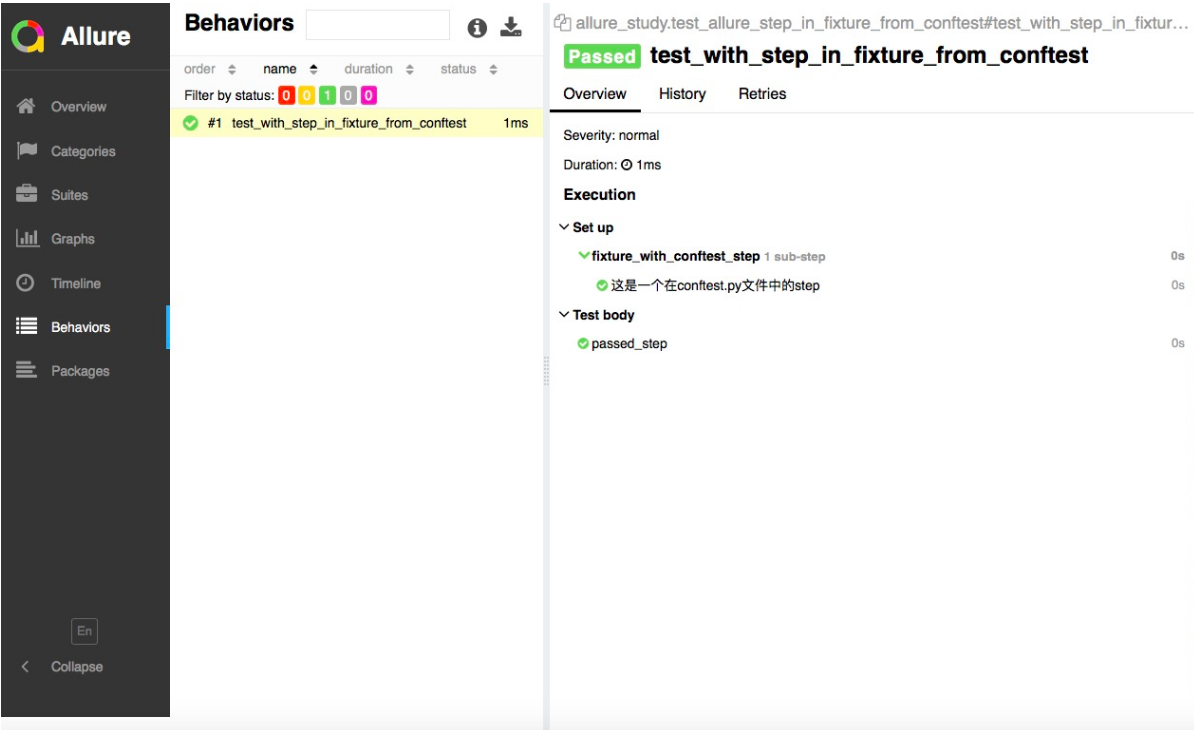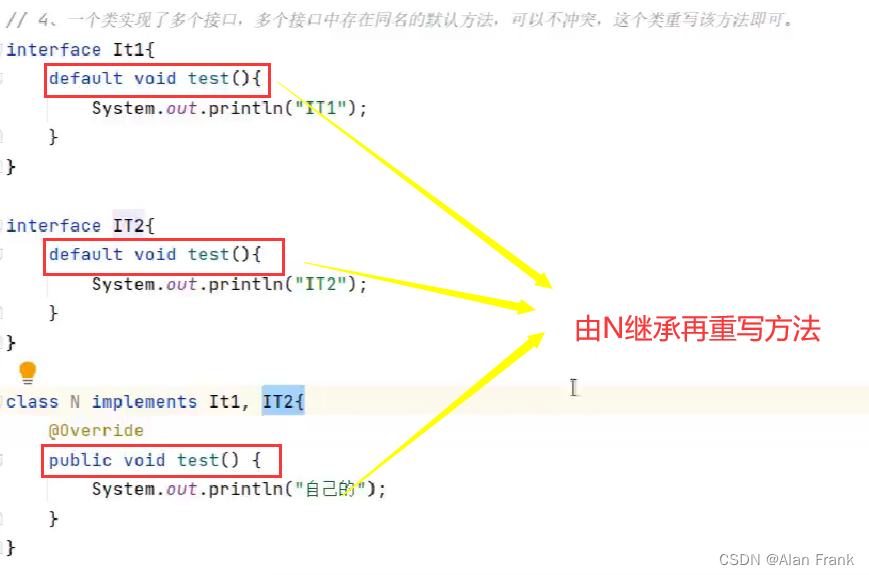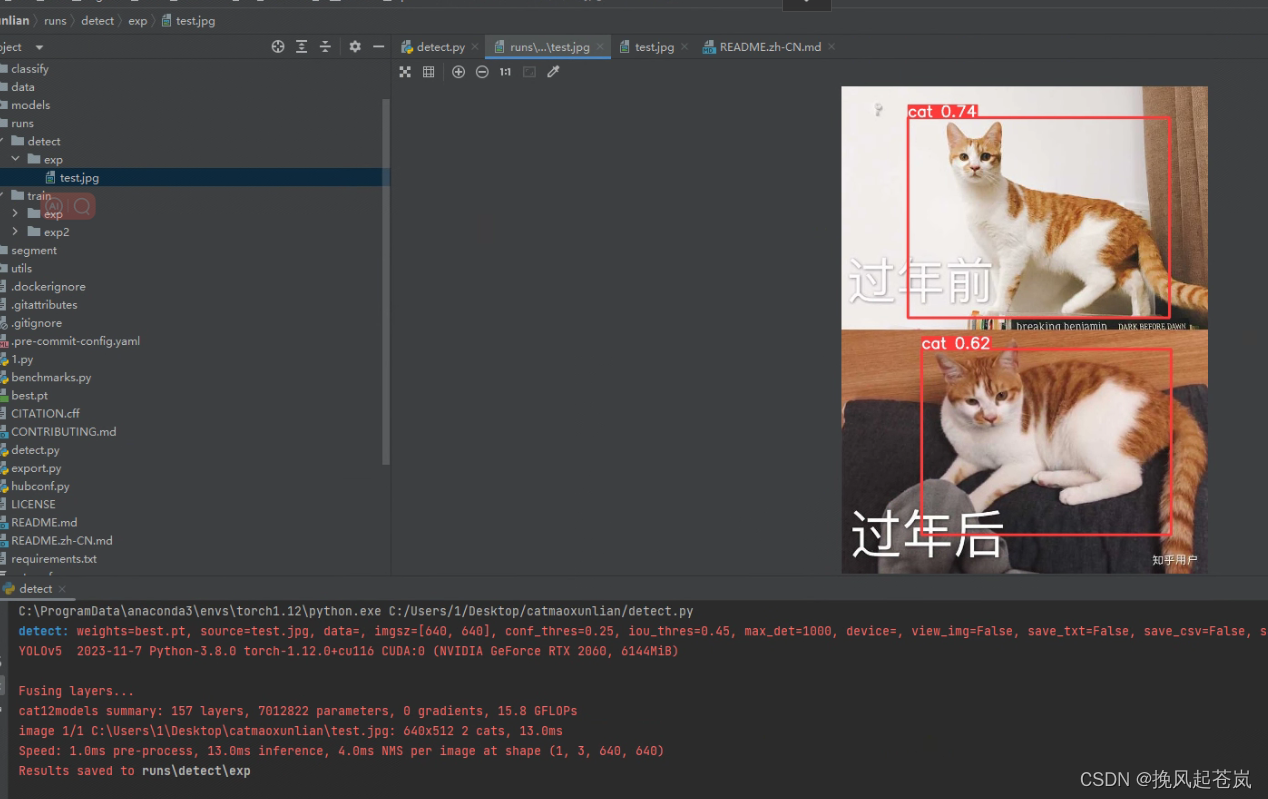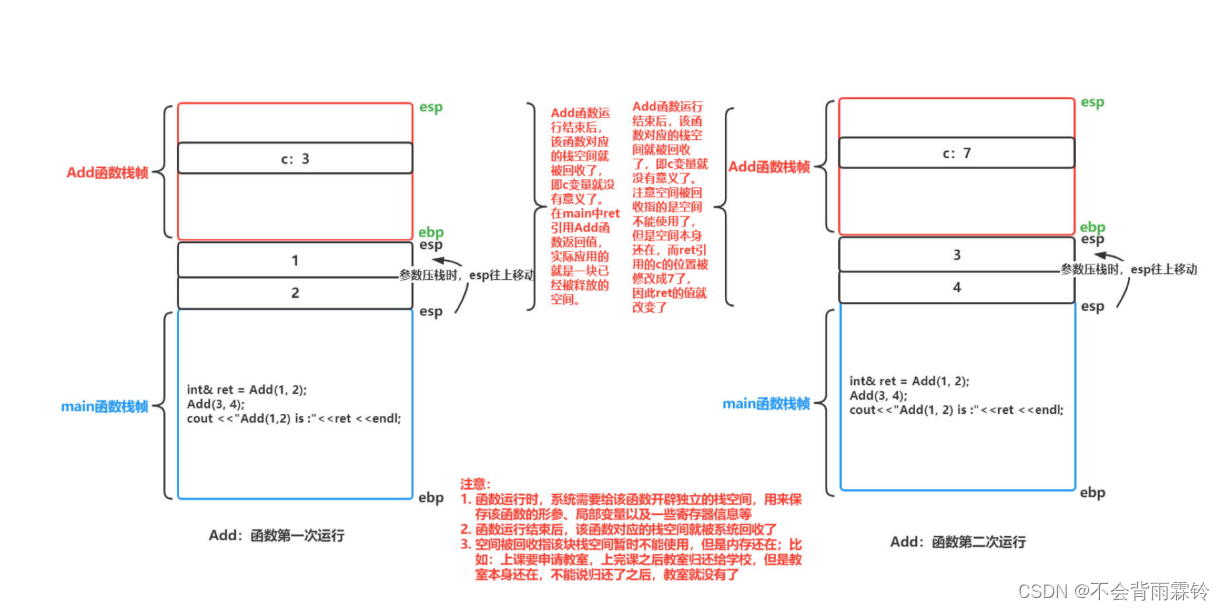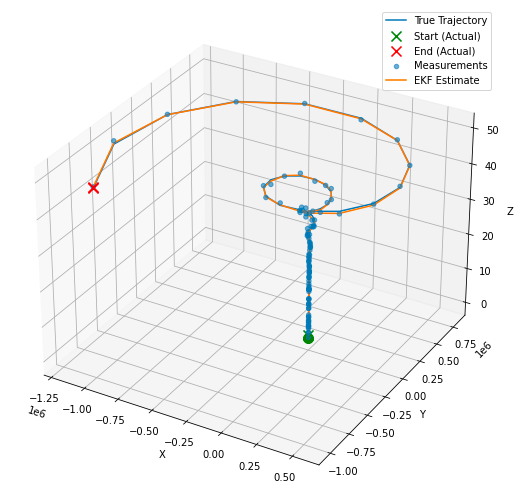1.做这件事的目的
语言只是工具,使用python训练图片数据,最终会得到.pth的训练文件,java有使用这个文件进行图片识别的工具,顺便整合,我觉得Neo4J正确率太低了,草莓都能识别成为苹果,而且速度慢,不能持续识别视频帧
2.什么是神经网络?(其实就是数学的排列组合最终得到统计结果的概率)
1.先把二维数组转为一维
2.通过公式得到节点个数和值
3…同2
4.通过节点得到概率(softmax归一化公式)
5.对比模型的和 差值=原始概率-目标结果概率
6.不断优化原来模型的概率
5.激活函数,激活某个节点的函数,可以引入非线性的(因为所有问题不可能是线性的比如 很少图片识别一定可以识别出绝对的正方形,他可能中间有一定弯曲或者线在中心短开了)
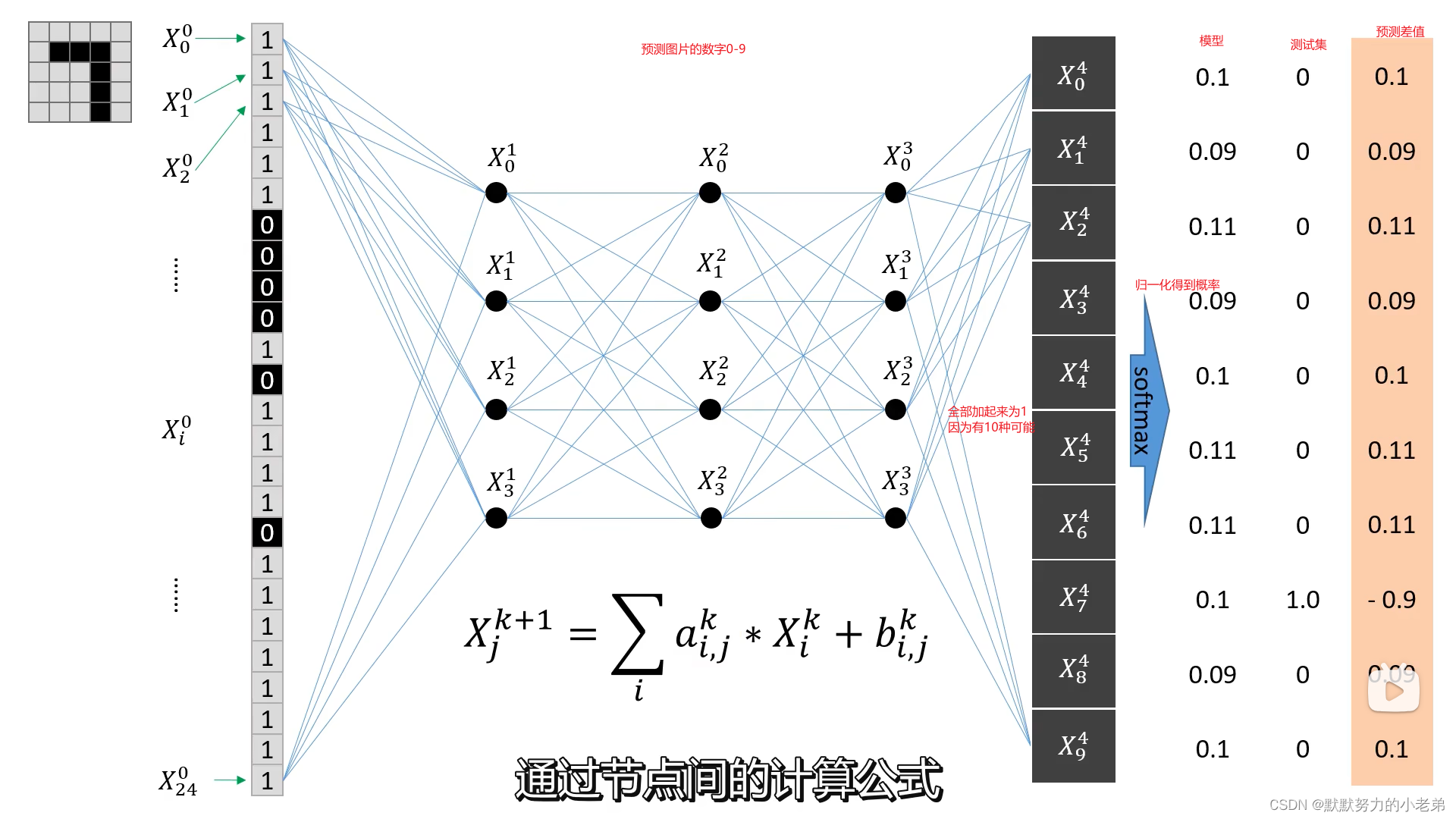
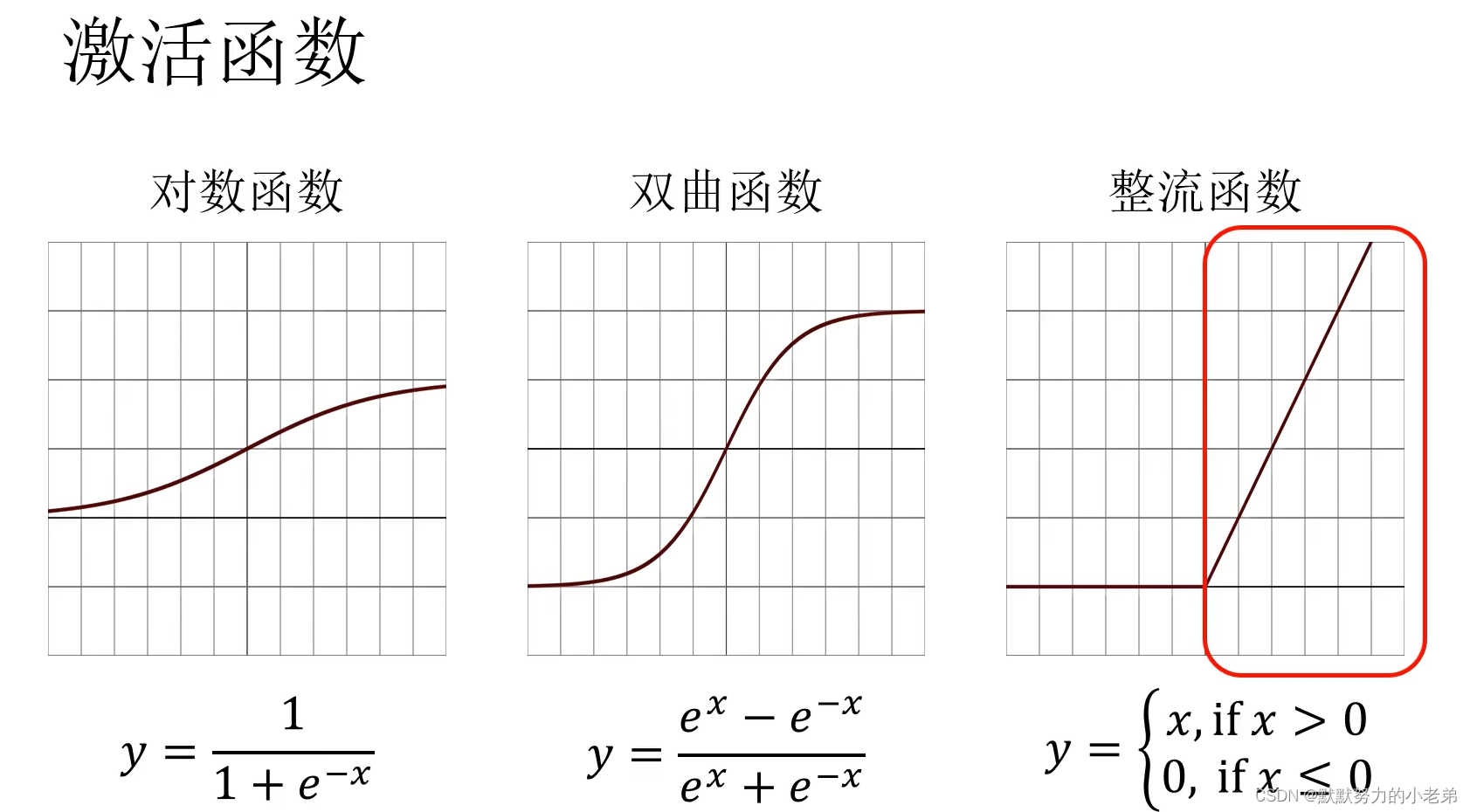
3.训练的代码
//环境python3.8 最好使用conda进行版本管理,不然每个版本都可能不兼容,到处碰壁
#安装依赖pip install numpy torch torchvision matplotlib#文件夹结构,图片一定要是28x28的
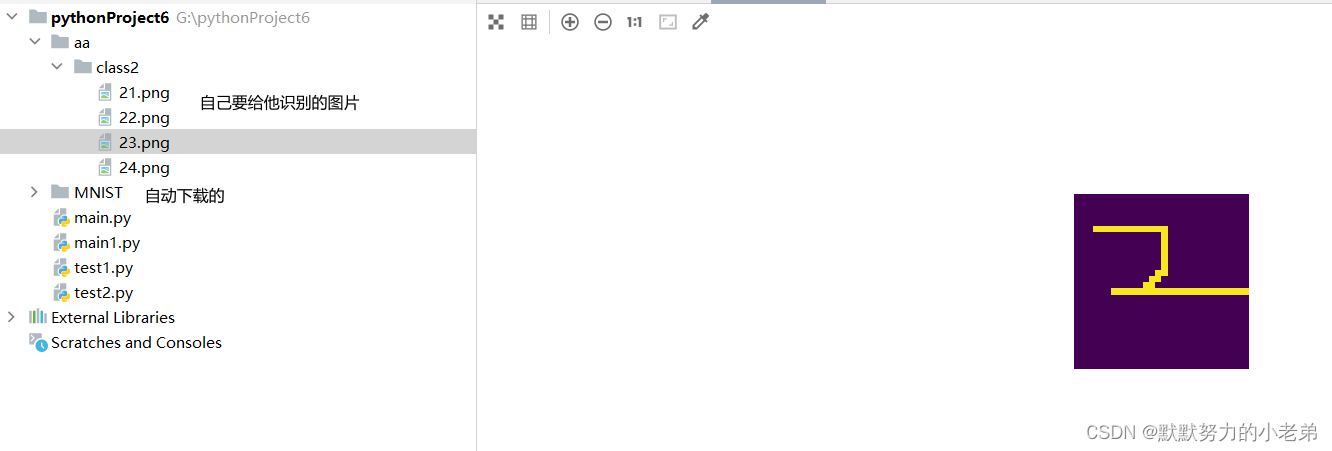
import torch
from torch.utils.data import DataLoader
from torchvision import transforms
from torchvision.datasets import MNIST
import matplotlib.pyplot as plt
from torchvision.datasets.folder import ImageFolderclass Net(torch.nn.Module):def __init__(self):super().__init__()self.fc1 = torch.nn.Linear(28 * 28, 64)self.fc2 = torch.nn.Linear(64, 64)self.fc3 = torch.nn.Linear(64, 64)self.fc4 = torch.nn.Linear(64, 10)def forward(self, x):x = torch.nn.functional.relu(self.fc1(x))x = torch.nn.functional.relu(self.fc2(x))x = torch.nn.functional.relu(self.fc3(x))x = torch.nn.functional.log_softmax(self.fc4(x), dim=1)return x#导入数据
def get_data_loader(is_train):#张量,多维数组to_tensor = transforms.Compose([transforms.ToTensor()])# 下载数据集 下载目录data_set = MNIST("", is_train, transform=to_tensor, download=True)#一个批次15张,顺序打乱return DataLoader(data_set, batch_size=15, shuffle=True)def get_image_loader(folder_path):to_tensor = transforms.Compose([transforms.ToTensor()])data_set = ImageFolder(folder_path, transform=to_tensor)return DataLoader(data_set, batch_size=1)#评估准确率
def evaluate(test_data, net):n_correct = 0n_total = 0with torch.no_grad():#按批次取数据for (x, y) in test_data:#计算神经网络预测值outputs = net.forward(x.view(-1, 28 * 28))for i, output in enumerate(outputs):#比较预测结果和测试集结果if torch.argmax(output) == y[i]:#统计正确预测结果数n_correct += 1#统计全部预测结果n_total += 1#返回准确率=正确/全部的return n_correct / n_totaldef main():#加载训练集train_data = get_data_loader(is_train=True)#加载测试集test_data = get_data_loader(is_train=False)#初始化神经网络net = Net()#打印测试网络的准确率 0.1print("initial accuracy:", evaluate(test_data, net))#训练神经网络optimizer = torch.optim.Adam(net.parameters(), lr=0.001)#重复利用数据集 2次for epoch in range(100):for (x, y) in train_data:#初始化 固定写法net.zero_grad()#正向传播output = net.forward(x.view(-1, 28 * 28))#计算差值loss = torch.nn.functional.nll_loss(output, y)#反向误差传播loss.backward()#优化网络参数optimizer.step()print("epoch", epoch, "accuracy:", evaluate(test_data, net))# #使用3张图片进行预测# for (n, (x, _)) in enumerate(test_data):# if n > 3:# break# predict = torch.argmax(net.forward(x[0].view(-1, 28 * 28)))# plt.figure(n)# plt.imshow(x[0].view(28, 28))# plt.title("prediction: " + str(int(predict)))# plt.show()image_loader = get_image_loader("aa")for (n, (x, _)) in enumerate(image_loader):if n > 2:breakpredict = torch.argmax(net.forward(x.view(-1, 28 * 28)))plt.figure(n)plt.imshow(x[0].permute(1, 2, 0))plt.title("prediction: " + str(int(predict)))plt.show()if __name__ == "__main__":main()#运行结果 弹框出现图片和识别结果
4.测试电脑的cuda是否安装成功,不成功不能运行下面的代码
import torchdevice = torch.device('cuda' if torch.cuda.is_available() else 'cpu')
print('Using device:', device)
print('CUDA version:', torch.version.cuda)
print('PyTorch version:', torch.__version__)
5.在gpu上运行,需要去官网下载cuda安装
https://developer.nvidia.com/cuda-toolkit-archive
#并且需要安装和torch对应的版本,我的电脑是1660ti的所以安装了10.2的cuda
#安装torchgpu版本
pip install torch==1.9.0+cu102 -f
https://download.pytorch.org/whl/cu102/torch_stable.html
import torch
from torch.utils.data import DataLoader
from torchvision import transforms
from torchvision.datasets import MNIST
import matplotlib.pyplot as plt
from torchvision.datasets.folder import ImageFolderdevice = torch.device("cuda" if torch.cuda.is_available() else "cpu")class Net(torch.nn.Module):def __init__(self):super().__init__()self.fc1 = torch.nn.Linear(28 * 28, 64)self.fc2 = torch.nn.Linear(64, 64)self.fc3 = torch.nn.Linear(64, 64)self.fc4 = torch.nn.Linear(64, 10)def forward(self, x):x = torch.nn.functional.relu(self.fc1(x))x = torch.nn.functional.relu(self.fc2(x))x = torch.nn.functional.relu(self.fc3(x))x = torch.nn.functional.log_softmax(self.fc4(x), dim=1)return xdef get_data_loader(is_train):to_tensor = transforms.Compose([transforms.ToTensor()])data_set = MNIST("", is_train, transform=to_tensor, download=True)return DataLoader(data_set, batch_size=15, shuffle=True)def get_image_loader(folder_path):to_tensor = transforms.Compose([transforms.ToTensor()])data_set = ImageFolder(folder_path, transform=to_tensor)return DataLoader(data_set, batch_size=1)def evaluate(test_data, net):n_correct = 0n_total = 0with torch.no_grad():for (x, y) in test_data:x, y = x.to(device), y.to(device)outputs = net.forward(x.view(-1, 28 * 28))for i, output in enumerate(outputs):if torch.argmax(output.cpu()) == y[i].cpu():n_correct += 1n_total += 1return n_correct / n_totaldef main():train_data = get_data_loader(is_train=True)test_data = get_data_loader(is_train=False)net = Net().to(device)print("initial accuracy:", evaluate(test_data, net))optimizer = torch.optim.Adam(net.parameters(), lr=0.001)for epoch in range(100):for (x, y) in train_data:x, y = x.to(device), y.to(device)net.zero_grad()output = net.forward(x.view(-1, 28 * 28))loss = torch.nn.functional.nll_loss(output, y)loss.backward()optimizer.step()print("epoch", epoch, "accuracy:", evaluate(test_data, net))image_loader = get_image_loader("aa")for (n, (x, _)) in enumerate(image_loader):if n > 2:breakx = x.to(device)predict = torch.argmax(net.forward(x.view(-1, 28 * 28)).cpu())plt.figure(n)plt.imshow(x[0].permute(1, 2, 0).cpu())plt.title("prediction: " + str(int(predict)))plt.show()if __name__ == "__main__":main()
